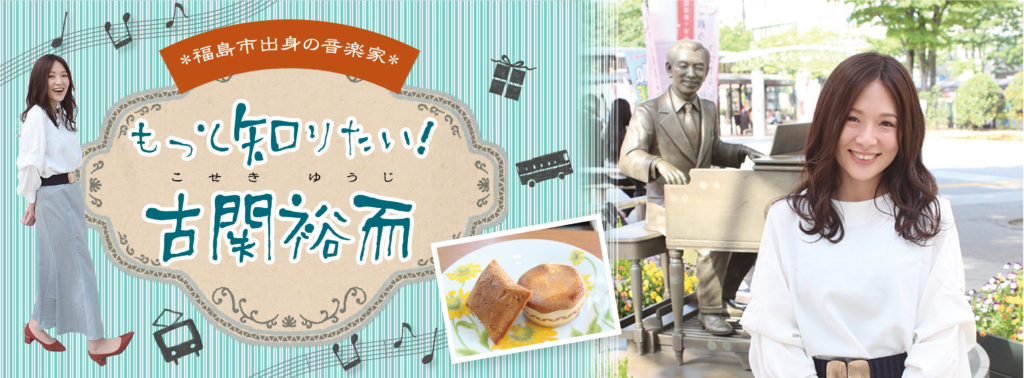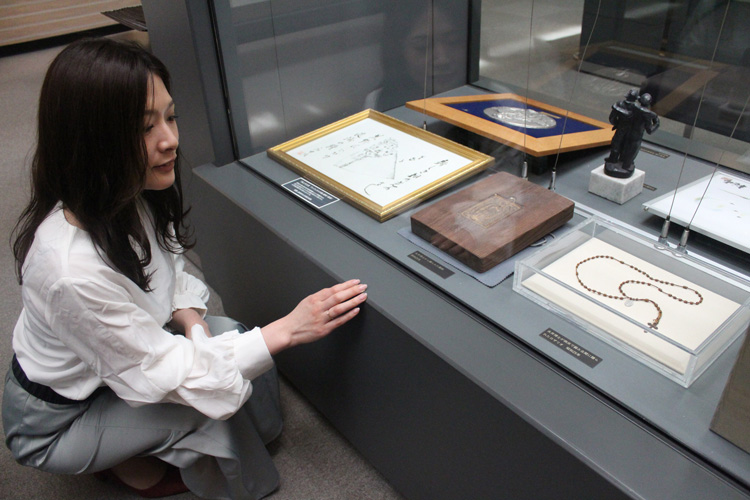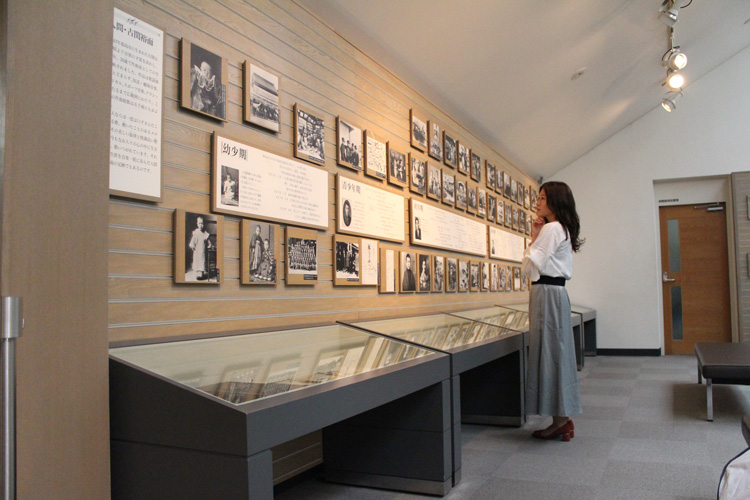“Yūji Koseki” Do You Want to Know about a Great Composer from Fukushima City? -Part II

Sponsored Links
Melodies created by Koseki who made a great achievement in Showa’s Japanese popular music history were excellent music that touched hearts of Japanese people. During WW II, he had to make songs for the war, which seemed to annoy him when Koseki thought about the soldiers sent off with music he had made.
The nature of his music, however, would have been encouragement to cheer people up and support their back. Many of his songs modulate, e.g. “Nagasaki no Kane [Nagasaki’s bell]” changes from minor to major. It was made with hope like the light in the darkness.

At Tokyo Olympic Games 1964, it is said that after “the Olympic March” was played, many questions came from all over the world: “Who made the song?” Since then, Koseki became famous with his marching song, and got a nickname “Japanese Sousa” after the American march king, Philip Sousa.

In 2020, the Olympic Games and Paralympic Games will be held in Tokyo for the second time. Since Fukushima was designated as a host city for the Olympic baseball and softball games, they say the city has been working on NHK for some years to pick up the story about Mr. and Mrs. Koseki for their 2020’s morning drama.
So, 2020 would be the perfect year to enjoy the drama about Mr. Koseki who composed the marching song for the previous Tokyo Olympic Games. It is wonderful that the drama “Yell” set in Fukushima will be on air, and of course, this museum is also a wonderful place to learn about the great man. Go and visit!

▲”Kitasan” was his family’s long standing kimono shop. His father loved music and bought a gramophone when Yūji was 5. A record was always playing there. Koseki grew up being surrounded by music like that, and his interest went in Russian Classics. Then he came to aim to be a composer studying almost on his own. His later partner, a lyric writer, Toshio Nomura, was his neighbor.
It seems that he was blessed with people. His elementary school teacher, Kimiji Endo loved music too, and gave him a great opportunity to bloom his talent.



▲Painting is also a creative activity as well as music composition. Koseki took his painting tools with him while on traveling and enjoyed sketching and painting.

▲His hobby was painting and shooting 8mm films. He also edited the films.



▲In 1929, Koseki applied a British music publisher’s composition competition, and won a prize. Kinko read about it on paper, and started sending him fan letters. In 1930, after three and half months of correspondence, they got married. It was really fast. Koseki was 20, and Kinko was 18. They say he was a devoted husband and they were such a nice couple. Kinko was aiming to be a vocalist, and entered in the Imperial Music School being supported by him.

▲CDs, books, and relative items are available.

Report Cooperation by Fukushima Yūji Koseki Memorial Hall
Address: 1-1, Irie-cho, Fukushima City, Fukushima
Tel: 024-531-3012
Open Hours: 9:00am-4:30pm (Entrance closes at 4:00pm.)
Closed Days: New Year’s Season (29th Dec- 3rd Jan)
※It may close for facility maintenance or display change.
Entrance Fee: Free
Click Here for Part III
Map from Report↓
Sponsored Links
